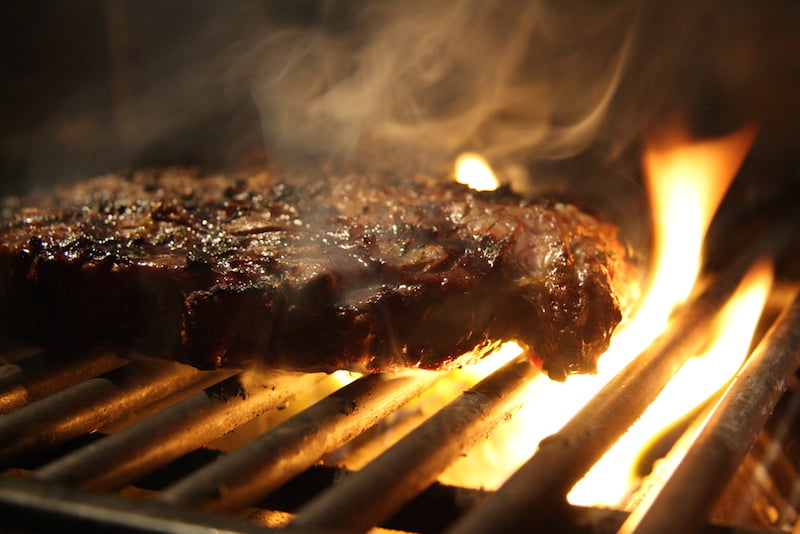Who doesn’t love a good steak? Well, the millions of vegetarians and vegans in the world for one, but now environmentalists might want to think again before they order up a hunk of beef.
New research at the Weizmann Institute of Science, conducted in collaboration with scientists in the US, compared the environmental costs of various foods and showed that the biggest culprit, by a long shot, is beef.
SEE ALSO: Recycling has been around much longer than you may think
Dr. Ron Milo and his team, along with colleagues in the US, looked at the five main sources of protein in the American diet: dairy, beef, poultry, pork and eggs. Their idea was to calculate the environmental costs of these foods per unit: a calorie or gram of protein.
The calculations showed that the biggest culprit, by far, is beef. That was no surprise, says Milo. The surprise was in the size of the gap: In total, eating beef is more costly to the environment by an order of magnitude – about ten times on average – than other animal-derived foods, including pork and poultry. Cattle require on average 28 times more land and 11 times more irrigation water, are responsible for releasing 5 times more greenhouse gases, and consume 6 times as much nitrogen, as eggs or poultry. Poultry, pork, eggs and dairy all came out fairly similar.
That was also surprising, because dairy production is often thought to be relatively environmentally benign. But the research shows that the price of irrigating and fertilizing the crops fed to milk cows – as well as the relative inefficiency of cows in comparison to other livestock – jacks up the cost significantly.
Calculating the environmental costs of meat
The main challenge the team faced was to devise an accurate equation. For example, cattle grazing on arid land in the western half of the US use enormous amounts of land, but relatively little irrigation water. Cattle in feedlots, on the other hand, eat mostly corn, which requires less land, but much more irrigation and nitrogen fertilizer. The researchers needed to account for these differences, but determine aggregate figures that reflect current practices and thus approximate the true environmental cost for each food item.
Sign up for our free weekly newsletter
SubscribeSEE ALSO: Meet the seven alternative energy companies that will fuel the future
The environmental inputs the team considered included land use, irrigation water, greenhouse gas emissions, and nitrogen fertilizer use. Each of these costs is a complex environmental system. For example, land use, in addition to tying up this valuable resource in agriculture, is the main cause of biodiversity loss. Nitrogen fertilizer creates water pollution in natural waterways.
When the numbers were in, including those for the environmental costs of different kinds of feed (pasture, roughage such as hay, and concentrates such as corn), the team developed equations that yielded values for the environmental cost – per calorie and then per unit of protein, for each food.
More vegetarians or better farming policies?
Milo believes that this study could have a number of implications. In addition to helping individuals make better choices about their diet, it should hopefully help inform agricultural policy. And the tool the team has created for analyzing the environmental costs of agriculture can be expanded and refined to be applied, for example, to understanding the relative cost of plant-based diets, or those of other nations. In addition to comparisons, it can point to areas that might be improved. Models based on this study can help policy makers decide how to better ensure food security through sustainable practices.
Photos: Mike/ Weizmann Institute
Related posts

Resilient And Nutritious New Plant-Based Milk Aims To Make A Splash

Chocolate From Cultivated Cocoa Comes Without Environmental Toll

Plastic Fantastic: Startup Takes PVC Back To Its Crude Oil Roots





Facebook comments